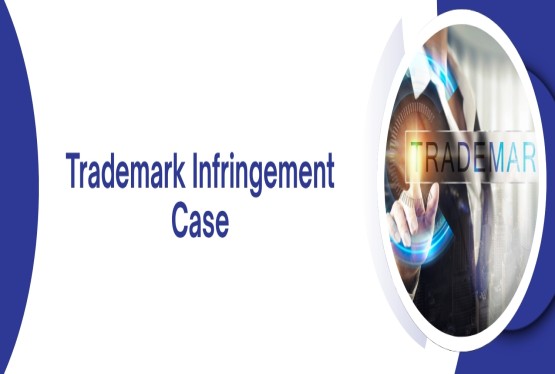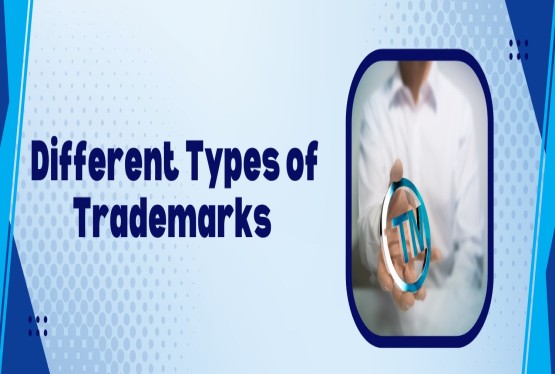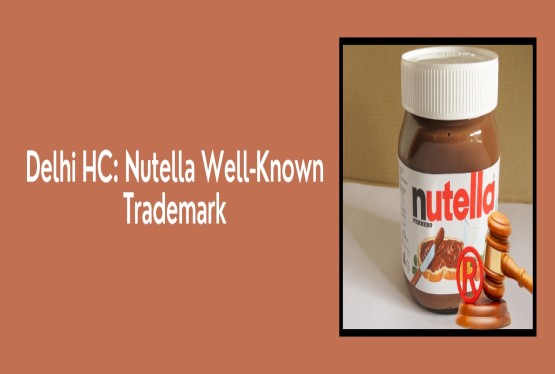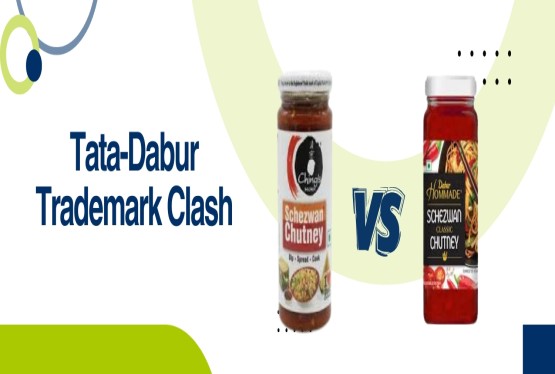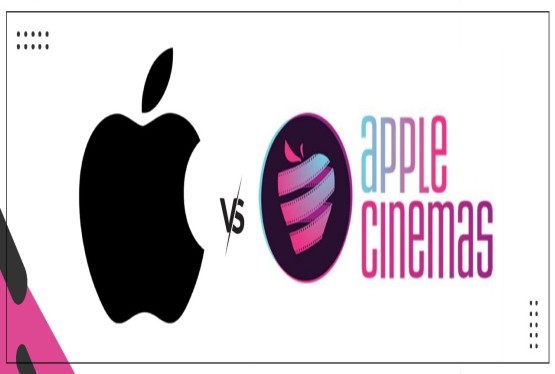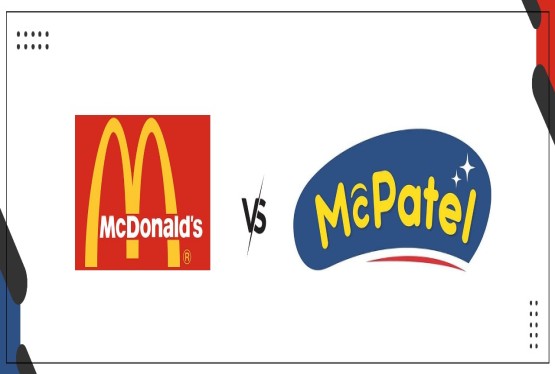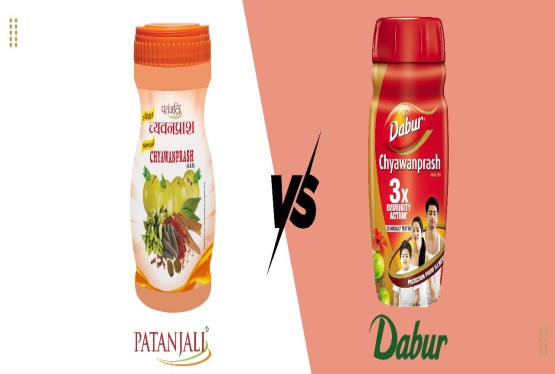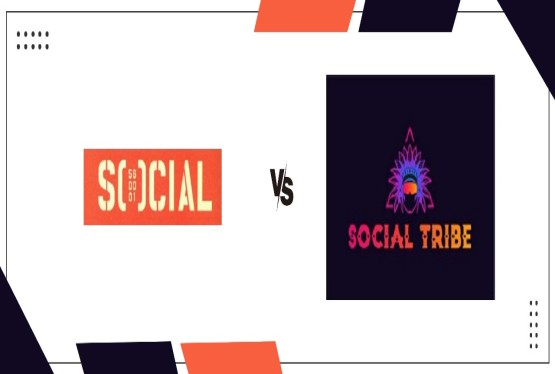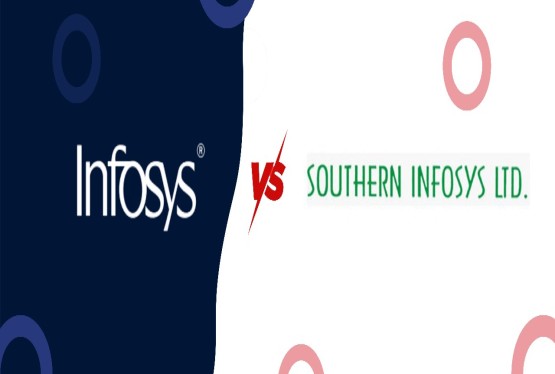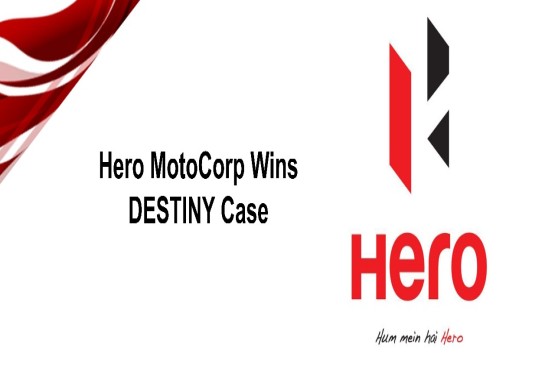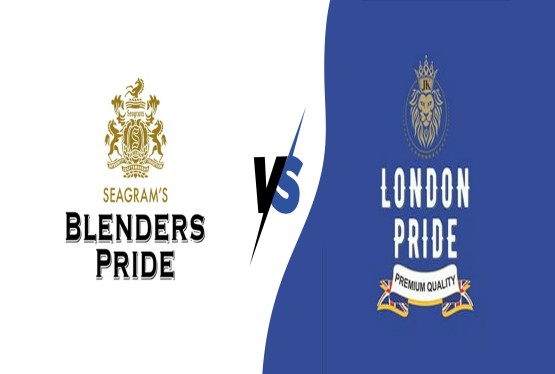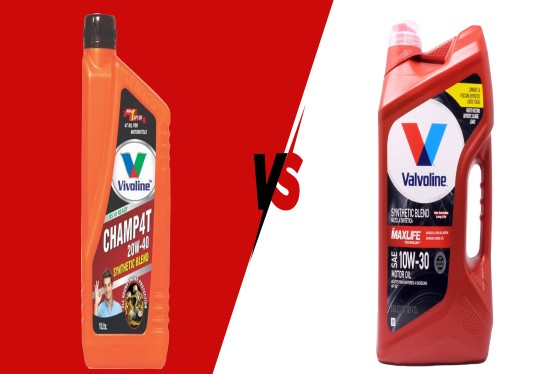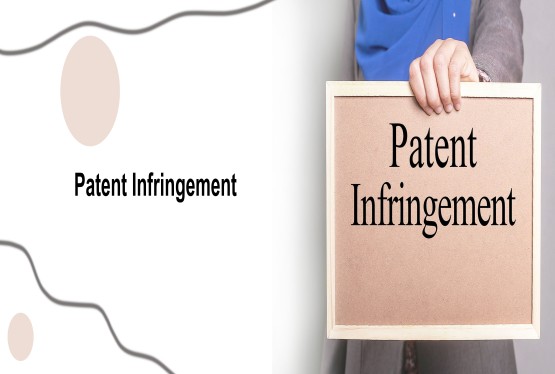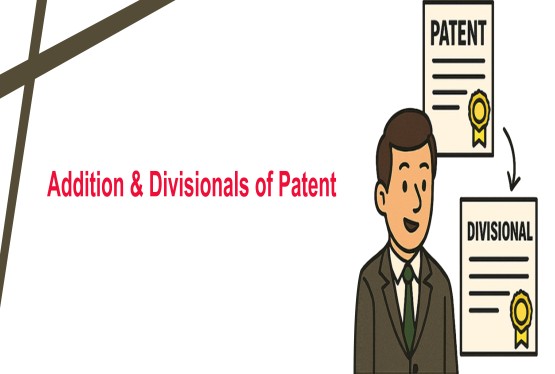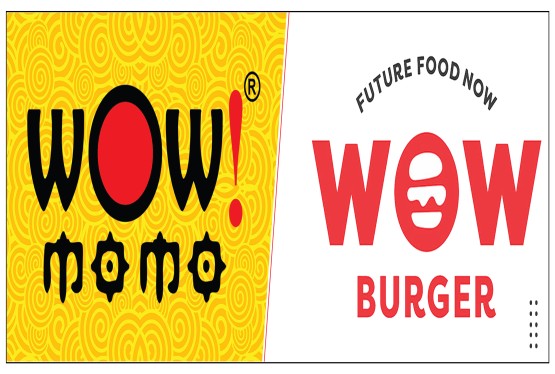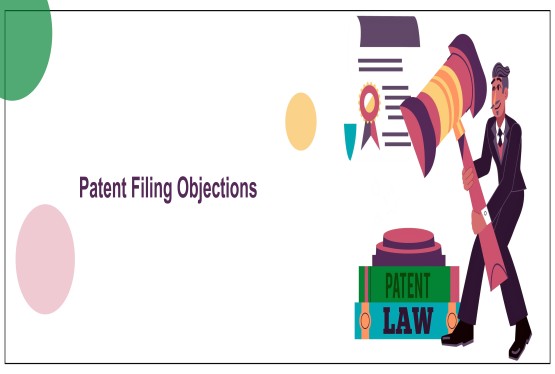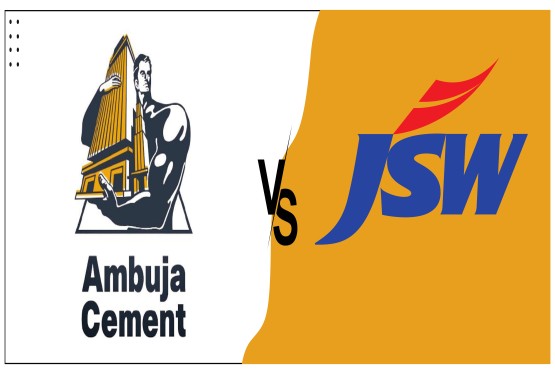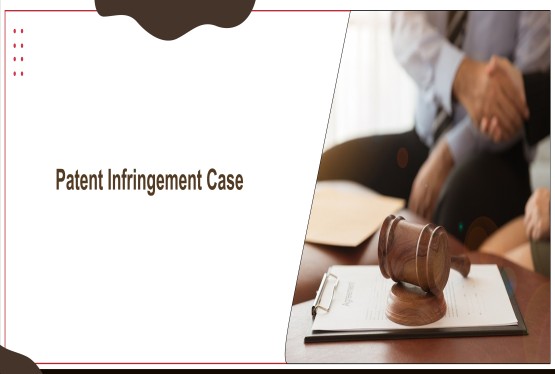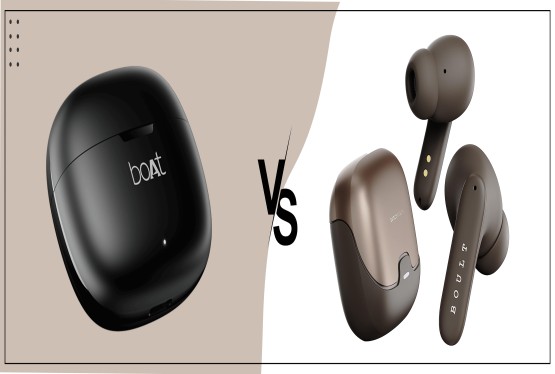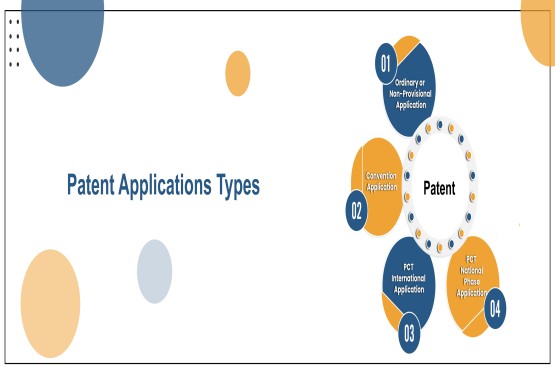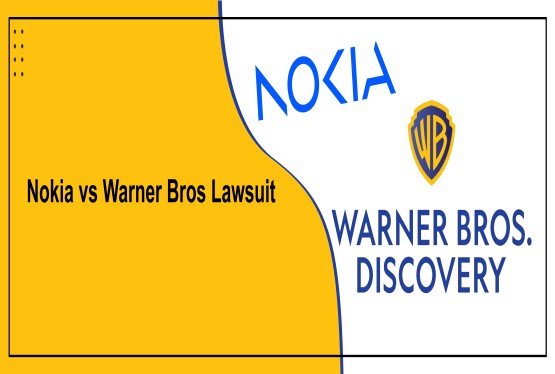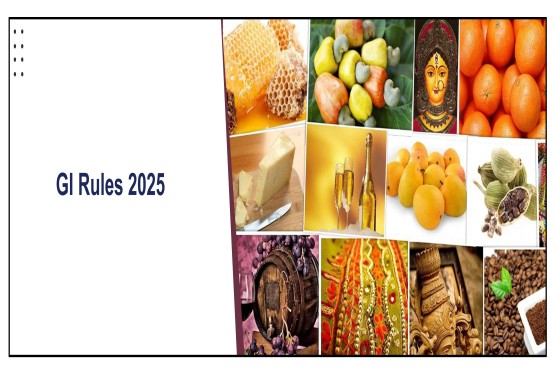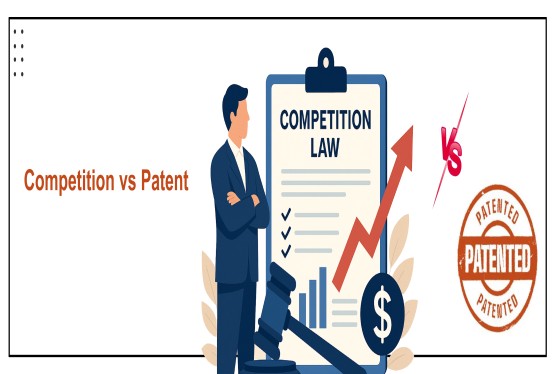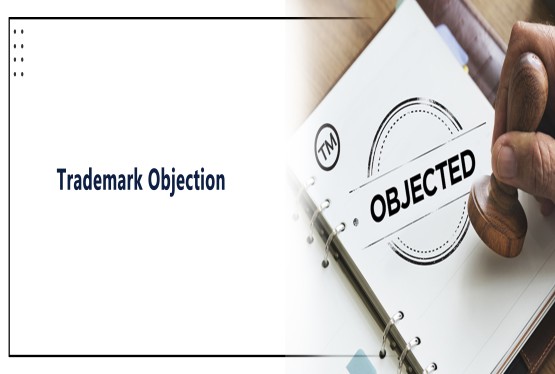Trademarks serve as an important tool for businesses to distinguish their goods and services from those of competitors. However, the value of a trademark is not solely in its legal protection against unauthorized use; it also resides in its ability to maintain a strong, distinct identity in the marketplace. One of the significant threats to this distinctiveness is brand dilution. This article delves into the concept of brand dilution, its types, legal framework, notable case laws, and its relationship with trademark registration, trademark infringement, and trademark objection.
What is Brand Dilution?
Brand dilution occurs when the distinctive quality of a well-known trademark is weakened due to unauthorized use by others, even if such use does not cause consumer confusion or compete directly with the trademark owner’s goods or services. Unlike trademark infringement, where the focus is on preventing consumer confusion, dilution protects the uniqueness and reputation of a trademark.
The concept of trademark dilution is primarily applicable to marks that are "famous" or "well-known" and enjoys broader protection compared to ordinary trademarks. Two primary forms of dilution are recognized:
1. Dilution by Blurring: This occurs when a famous trademark’s distinctiveness is diminished through its association with unrelated products or services. For instance, using the name "Google" for a line of shoes could dilute the brand's unique association with search engines.
2. Dilution by Tarnishment: This arises when a trademark’s reputation is harmed due to its unauthorized association with inferior, immoral, or offensive goods or services. For example, using a luxury brand name like "Chanel" in connection with adult entertainment might tarnish the brand's image.
Legal Framework for Brand Dilution
International Perspective
The concept of trademark dilution finds its basis in the Paris Convention for the Protection of Industrial Property (1883) and the Agreement on Trade-Related Aspects of Intellectual Property Rights (TRIPS). Article 16(3) of TRIPS mandates additional protection for well-known trademarks against use that dilutes their distinctive character, even in dissimilar goods and services.
United States
In the United States, trademark dilution is governed by the Federal Trademark Dilution Act (FTDA) of 1995, later amended by the brand Dilution Revision Act (TDRA) of 2006. Under the TDRA, a plaintiff must establish that their mark is "famous" and that the defendant’s use has caused blurring or tarnishment.
India
In India, brand dilution is addressed under the Trade Marks Act, 1999. Section 29(4) provides protection to well-known marks against dilution by blurring or tarnishment, even when the goods or services are unrelated. The Act emphasizes the importance of trademark registration to assert such rights.
Key Elements of Brand Dilution
To succeed in a claim of brand dilution, certain key elements must be established:
1. Fame of the Trademark: The plaintiff must demonstrate that their mark is widely recognized by the general public. Factors like duration of use, geographical extent, and advertising expenditure play a role in determining fame.
2. Similarity of Marks: There must be sufficient similarity between the famous mark and the allegedly diluting mark.
3. Likelihood of Dilution: The plaintiff must prove that the distinctiveness of their mark is likely to be impaired or its reputation harmed.
Trademark Registration and Dilution
Trademark registration is a prerequisite for claiming rights under dilution laws in many jurisdictions. Registration not only confers statutory rights but also strengthens the claim of fame and distinctiveness. In India, the Trade Marks Act, 1999 grants additional protection to well-known trademarks, irrespective of whether they are registered. However, registration often simplifies enforcement and provides evidence of the mark's use and recognition.
Brand Dilution vs. Trademark Infringement
While both brand dilution and trademark infringement involve unauthorized use of a trademark, their focus differs. Infringement is concerned with preventing confusion among consumers about the source of goods or services. Dilution, on the other hand, protects the trademark’s unique identity and reputation, even in the absence of confusion or competition.
For example, using the name "Apple" for a line of laptops may constitute infringement due to consumer confusion. However, using "Apple" for a brand of unrelated furniture could lead to dilution by blurring, even if no confusion exists.
Trademark Objection and Its Role in Preventing Dilution
A trademark objection is a procedural step during the trademark registration process, where the registrar or a third party raises concerns about the registrability of a mark. Objections can be raised on several grounds, including the likelihood of dilution of an existing well-known mark.
For instance, if a new applicant attempts to register "Nike Home Appliances," the registrar or the brand "Nike" could object to prevent dilution of the famous trademark. Timely objection and opposition during the registration process are crucial to safeguarding the distinctiveness of a famous mark.
Case Laws on Brand Dilution
United States
1. Moseley v. V Secret Catalogue, Inc., 537 U.S. 418 (2003): This landmark case clarified the standard of proof for dilution claims under the FTDA. The U.S. Supreme Court held that actual dilution, not just a likelihood of dilution, must be established. This requirement was later relaxed under the TDRA.
2. Tiffany (NJ) Inc. v. eBay Inc., 600 F.3d 93 (2d Cir. 2010): The court held that eBay’s use of the "Tiffany" mark for keyword advertising did not constitute dilution, as it did not harm the distinctiveness or tarnish the reputation of the Tiffany brand.
India
1. Daimler Benz Aktiegesellschaft v. Hybo Hindustan, 1994 PTC 287: The Delhi High Court held that the use of "Benz" for undergarments diluted the reputation of the luxury car brand and granted an injunction to prevent further use.
2. ITC Limited v. Philip Morris Products SA, 2019 SCC OnLine Cal 3729: The court held that using the term "Marlboro Lights" for cigarettes in India could tarnish the reputation of ITC’s well-known brand "Gold Flake," constituting dilution.
Challenges in Enforcing Dilution Laws
Enforcing trademark dilution laws presents several challenges, including:
-
Proving Fame: Establishing that a mark is "famous" requires extensive evidence, which can be time-consuming and costly.
-
Lack of Consumer Confusion: Unlike infringement claims, dilution cases do not rely on consumer confusion, making it harder to quantify harm.
-
Global Jurisdictional Variations: The standards for dilution protection vary across jurisdictions, complicating enforcement in cross-border cases.
Recent Trends and Developments
With the rise of digital platforms and global branding, trademark dilution has become increasingly prevalent. Unauthorized use of famous marks in domain names, social media handles, and online advertisements has led to innovative enforcement strategies. The use of AI in monitoring potential dilution and the role of intermediary platforms in preventing misuse are emerging areas of interest.
Conclusion
Brand dilution poses a significant risk to the distinctiveness and reputation of well-known trademarks. While legal frameworks like the Trade Marks Act, 1999 in India and the TDRA in the United States offer protection, enforcement remains complex due to the evidentiary and procedural challenges involved. Ensuring trademark registration, promptly addressing trademark objections, and vigilantly monitoring potential cases of trademark infringement are essential strategies for trademark owners to protect their valuable intellectual property. Case laws from India and abroad underscore the importance of maintaining a trademark's unique identity and serve as guiding precedents for future disputes.
If you need any support, you can book a consultation with our Trademark Attorney at info@ccoffice.in or Call/Whatsapp us on 9988424211.
Frequently Asked Questions
Q1.What is Brand dilution?
Ans. Brand dilution occurs when the distinctive quality of a well-known trademark is weakened due to unauthorized use by others, even if that use does not cause direct consumer confusion. This can happen through "blurring," where the mark's distinctiveness is diminished, or "tarnishment," where the mark's reputation is harmed by association with inferior or offensive goods or services.
Q2. How does trademark dilution differ from trademark infringement?
Ans. While both involve unauthorized use of a trademark, they focus on different harms. Infringement primarily focuses on preventing consumer confusion about the source of goods or services. Dilution, on the other hand, protects the trademark's unique identity and reputation, even when there is no direct competition or consumer confusion.
Q3. What are the key requirements for establishing Brand dilution?
Ans. To successfully claim brand dilution, the trademark owner must generally demonstrate:
-
Fame of the trademark: The mark must be widely recognized by the general public.
-
Similarity of marks: There must be sufficient similarity between the famous mark and the allegedly diluting mark.
-
Likelihood of dilution: The plaintiff must prove that the distinctiveness of their mark is likely to be impaired or its reputation harmed.
Q4. How does trademark registration impact dilution claims?
Ans. Trademark registration provides several advantages in dilution claims. It creates a stronger presumption of ownership and can simplify the process of proving the fame and distinctiveness of the mark. While not always mandatory, registration significantly strengthens the legal position of the trademark owner in dilution cases.
Q5. What are some of the challenges in enforcing Brand dilution laws?
Ans. Enforcing dilution laws can be challenging. Proving actual dilution can be difficult, as it requires demonstrating a measurable impact on the trademark's distinctiveness or reputation. Additionally, the standards for dilution vary across jurisdictions, making it complex to enforce rights globally.






























_(b)_of_the_Trademark_Act,_1999_(1)_crop10_thumb.jpg)



_crop10_thumb.jpg)




























_crop10_thumb.jpg)
_crop10_thumb.jpg)






_crop10_thumb.jpg)








_crop10_thumb.jpg)



_crop10_thumb.jpg)





























_crop10_thumb.jpg)

















_crop10_thumb.jpg)






_crop10_thumb.jpg)











































































































































_crop10_thumb.jpg)




































_crop10_thumb.jpg)












_crop10_thumb.jpg)













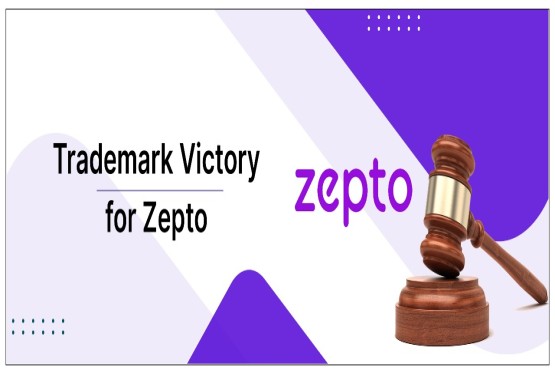

































_crop10_thumb.jpg)






